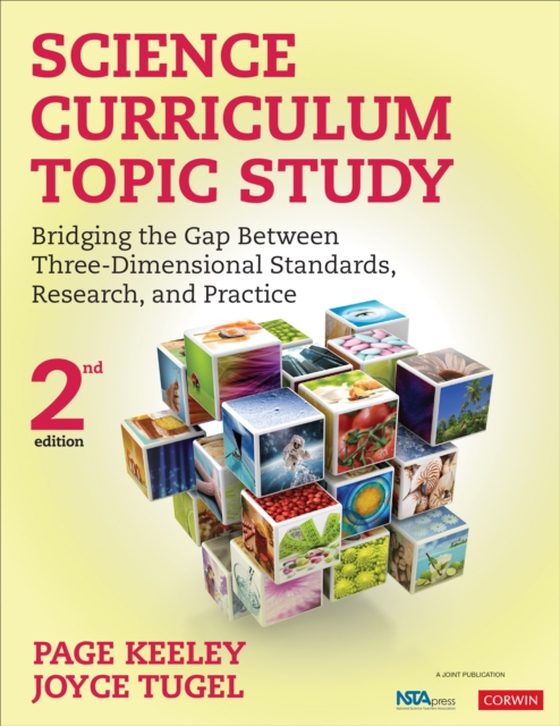
Science Curriculum Topic Study e-bog
329,95 DKK
(inkl. moms 412,44 DKK)
Today's science standards reflect a new vision of teaching and learning. | How to make this vision happen Scientific literacy for all students requires a deep understanding of the three dimensions of science education: disciplinary content, scientific and engineering practices, and crosscutting concepts. If you actively engage students in using and applying these three dimensions within curri...
E-bog
329,95 DKK
Forlag
Corwin
Udgivet
11 september 2019
Længde
352 sider
Genrer
Teaching of a specific subject
Sprog
English
Format
epub
Beskyttelse
LCP
ISBN
9781483353982
Today's science standards reflect a new vision of teaching and learning. | How to make this vision happen Scientific literacy for all students requires a deep understanding of the three dimensions of science education: disciplinary content, scientific and engineering practices, and crosscutting concepts. If you actively engage students in using and applying these three dimensions within curricular topics, they will develop a scientifically-based and coherent view of the natural and designed world. The latest edition of this best-seller, newly mapped to the Framework for K-12 Science Education and the Next Generation Science Standards (NGSS), and updated with new standards and research-based resources, will help science educators make the shifts needed to reflect current practices in curriculum, instruction, and assessment. The methodical study process described in this book will help readers intertwine content, practices, and crosscutting concepts. The book includes: * An increased emphasis on STEM, including topics in science, technology, and engineering * 103 separate curriculum topic study guides, arranged in six categories * Connections to content knowledge, curricular and instructional implications, concepts and specific ideas, research on student learning, K-12 articulation, and assessment Teachers and those who support teachers will appreciate how Curriculum Topic Study helps them reliably analyze and interpret their standards and translate them into classroom practice, thus ensuring that students achieve a deeper understanding of the natural and designed world.
 Dansk
Dansk

